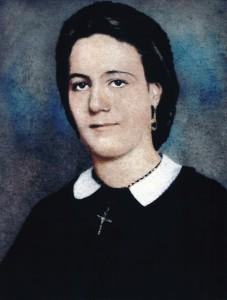Band of Angels, A NovelPosted in Books, Louisiana, Media Archive, Novels, Slavery, United States, Women on 2019-07-28 22:50Z by Steven |
Louisiana State University Press
August 1994 (originally published in 1955)
375 pages
5.50 x 8.50 inches
no illustrations
Paperback ISBN: 9780807119464
Robert Penn Warren (1905-1989)
Amantha Starr, born and raised by a doting father on a Kentucky plantation in the years before the Civil War, is the heroine of this powerfully dramatic novel. At her father’s death Amantha learns that her mother was a slave and that she, too, is to be sold into servitude. What follows is a vast panorama of one of the most turbulent periods of American History as seen through the eyes of star-crossed young woman. Amantha soon finds herself in New Orleans, where she spends the war years with Hamish Bond, a slave trader. At war’s end, she marries Tobias Sears, a Union officer and Emersonian idealist. Despite sporadic periods of contentment, Amantha finds life with Tobias trying, and she is haunted still by her tangled past. “Oh, who am I?” she asks at the beginning of the novel. Only after many years, after achieving a hard-won wisdom and maturity, does she begin to understand that question.
Band of Angels puts on ready display Robert Penn Warren’s prodigious gifts. First published in 1955, it is one of the most searing and vivid fictional accounts of the Civil War era ever written.








